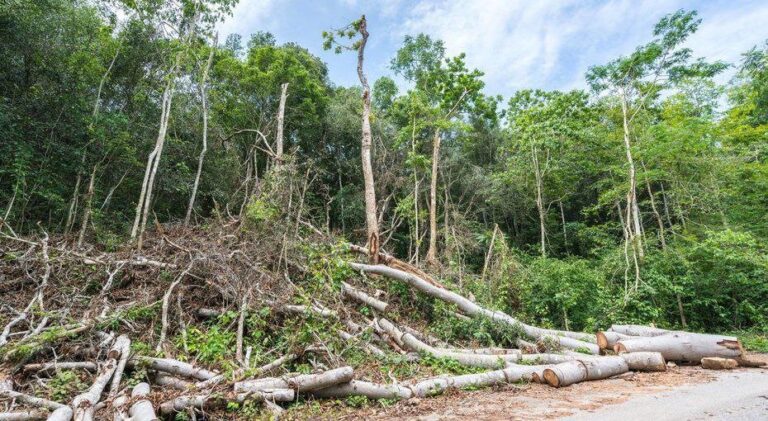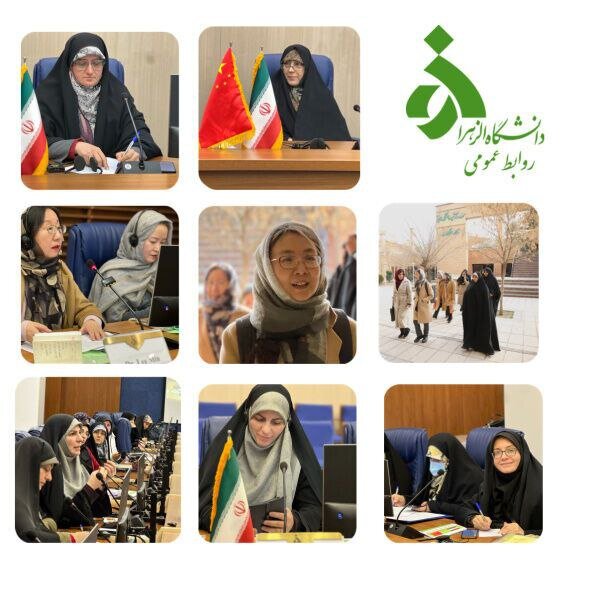
Similar Posts

Celebrate National Population Week: Insights and Events to Join the Conversation!
Iran’s National Population Week, from May 14 to 20, will focus on the theme ‘children, life assets,’ highlighting the significance of family and child-rearing. Each day will address various parenting aspects. Recent policies, including the youth population law, have stabilized Iran’s fertility rate at approximately 1.6 children per woman after a significant decline. Despite challenges, the number of births among younger mothers has increased, with a rise in families having three or more children. As the population ages, with 11.5% over 60, Iran faces demographic challenges that require comprehensive strategies to support families and youth for a balanced future.

Rainfall Plummets: A 42% Decline Shakes Weather Patterns
Iran’s rainfall from September 23, 2024, to February 28, 2025, totaled only 78.8 mm, a 42.9% decline from the long-term average of 137.9 mm, highlighting severe water scarcity issues. Recent data shows just 3 mm of rain in the last week, a 57.4% decrease compared to the average. Winter rainfall is 44.9 mm, 43% less than normal. Kohgiluyeh–Boyerahmad province suffered a 73% decrease in rainfall, while Tehran saw a 39.8% decline. Despite a slight increase in some provinces, the overall situation calls for urgent water management strategies and conservation efforts to combat ongoing drought conditions.

Facing a Nursing Crisis in Iran: Low Wages, Mass Migration, and Government Suppression
The nursing profession in Iran faces a severe crisis due to economic challenges and low salaries, with nurses earning only 14 to 15 million tomans (approximately $200) monthly. Many are forced to live in cars or cramped conditions, leading to a daily exodus of healthcare professionals. Rising rental prices have exacerbated the situation, prompting nurses to migrate to Tehran for better pay, further straining regional hospitals. Government repression against protesting nurses, including job suspensions, has intensified. The Iranian healthcare system is at risk of collapse, leaving millions vulnerable to inadequate care unless urgent reforms are implemented.

Habitat Loss: The Leading Driver Behind Species Population Decline, Warns DOE Official
Habitat loss, worsened by climate change, is driving wildlife population declines, according to Gholamreza Ebdali of Iran’s Department of Environment (DOE). Climate change has severely impacted aquatic ecosystems, prompting the DOE to implement conservation measures. Key efforts include combating illegal hunting, enhancing international cooperation, and developing action plans for endangered species. Currently, 128 species, including the Persian zebra and Asiatic cheetah, face extinction. The DOE has increased penalties for wildlife crimes and expanded ranger presence in protected areas. Workshops and international discussions aim to improve knowledge and strategies for species preservation, emphasizing the need for comprehensive conservation efforts.

Tehran Welcomes Iran-China Dialogue: Empowering Women Through Scientific Collaboration
Female academicians from Iran and China met at Al-Zahra University in Tehran to discuss enhancing collaboration in science and technology. Led by Zahra Nazem-Bokaee, the meeting emphasized the potential contributions of women scholars. Initiatives proposed included establishing Technology and Innovation Centers, launching joint knowledge programs, and creating a Joint Development Fund to support female technologists. Despite advancements in gender equality, women still represent a minority in research and technology sectors. Recent statistics show an increase in female leadership roles in Iran’s knowledge-based companies. The ongoing dialogue aims to strengthen academic ties and drive innovation, benefiting both nations.
